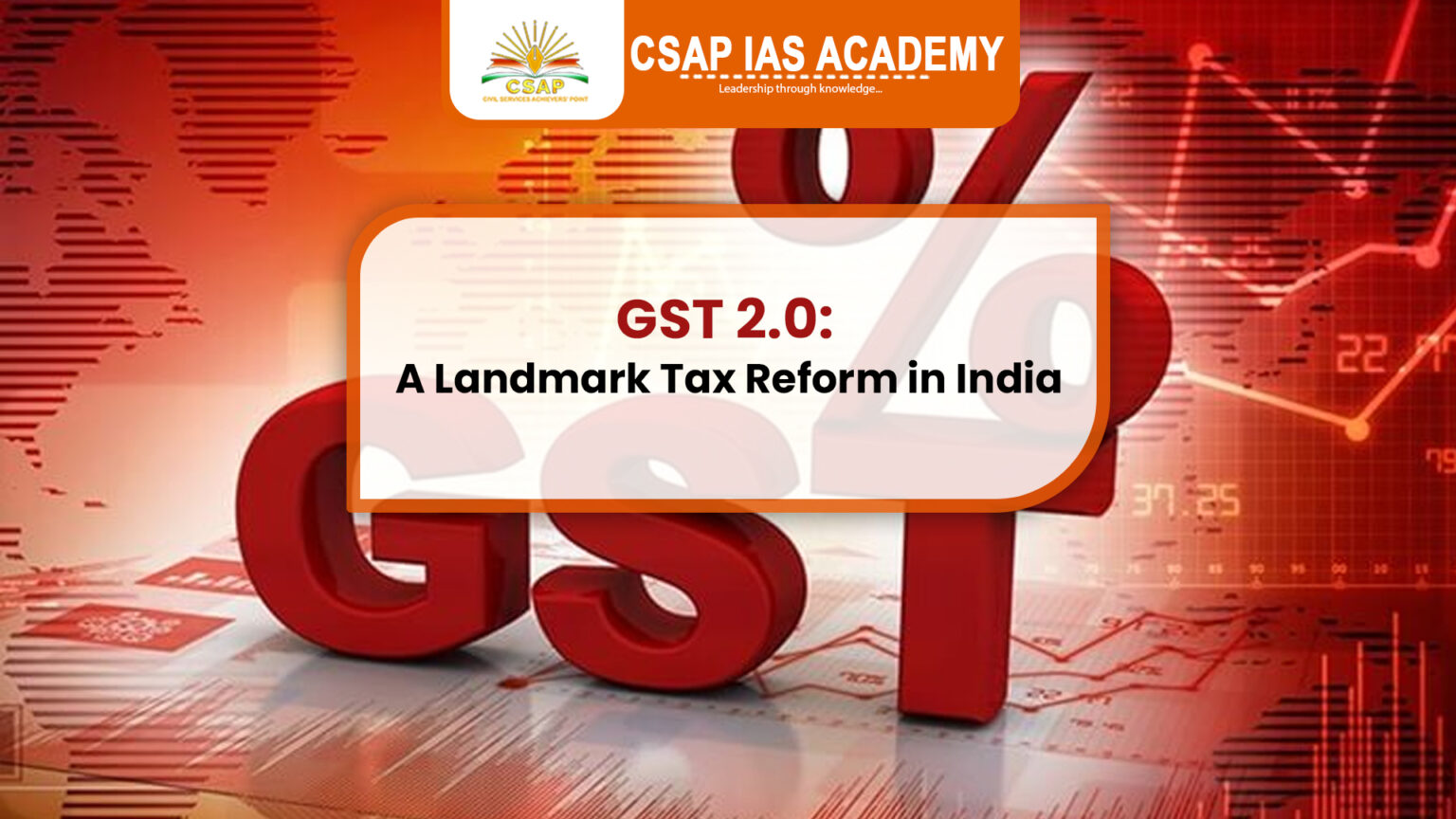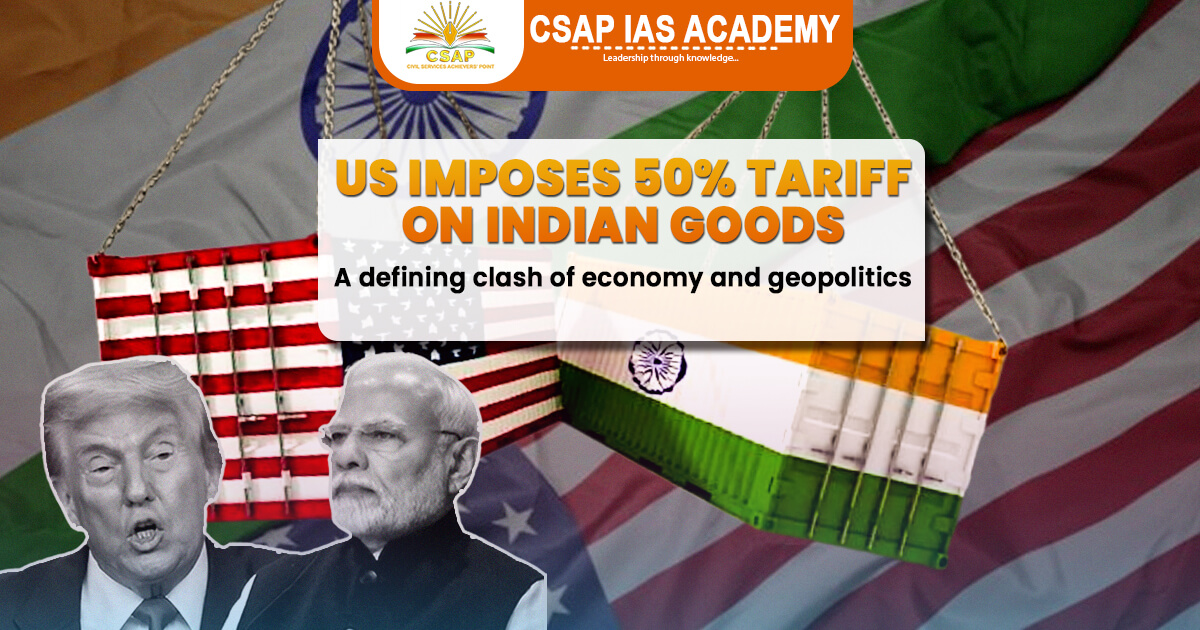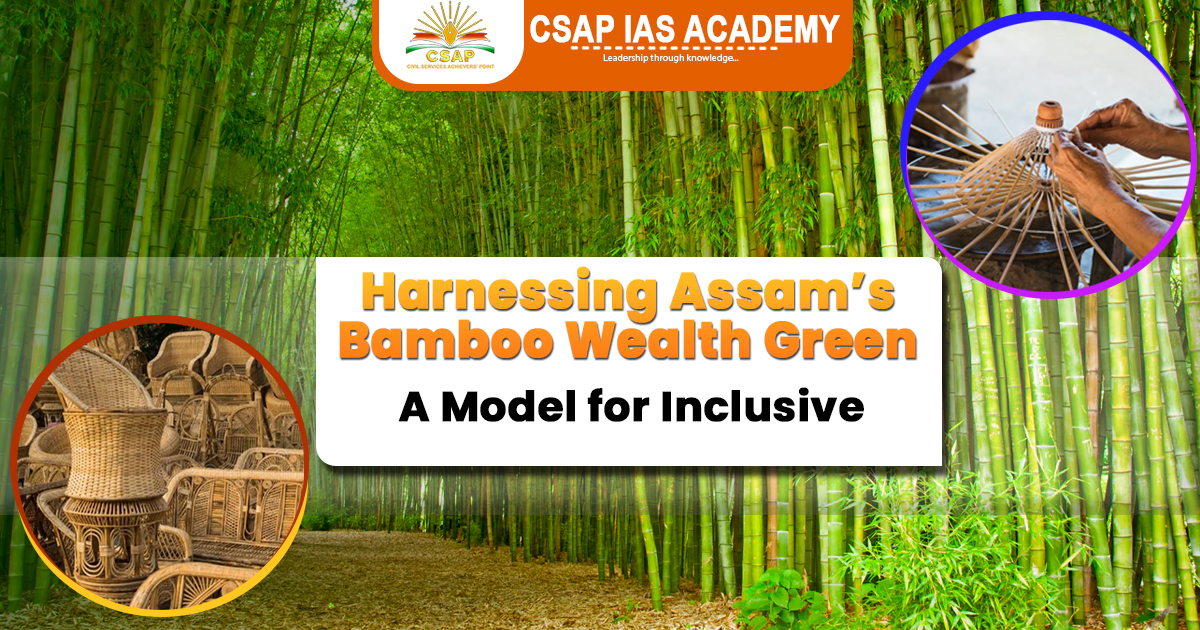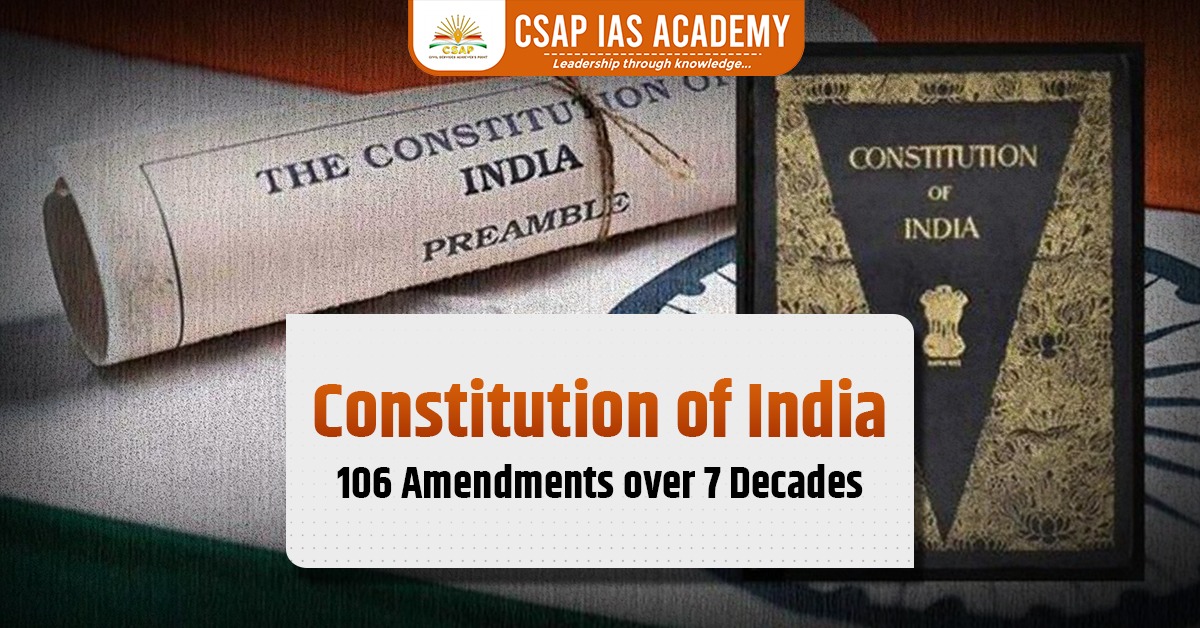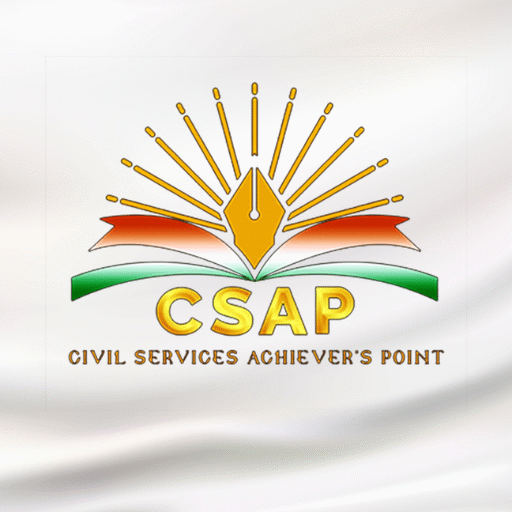India’s irrigation crisis is a growing threat to agricultural sustainability and farmer livelihoods, as seen in the tragic suicide of award-winning farmer Kailash Arjun Nagare in 2025. This blog explores the key dimensions of the crisis—overdependence on groundwater, inequitable access to irrigation, environmental degradation, and inefficient water use—while also outlining practical policy solutions and innovations needed to build a more sustainable and equitable irrigation system for the future.
Introduction: India’s Irrigation Crisis
On March 13, 2025, Kailash Arjun Nagare, a recipient of the 2020 Young Farmer Award, tragically died by suicide in Maharashtra, citing unresolved irrigation challenges. His death, while a personal tragedy, throws sharp light on the broader systemic issues plaguing India’s water governance and agricultural irrigation. It underscores the urgency of addressing the multifaceted water crisis—rooted in both physical scarcity and structural inequity—through sustainable policies and technologies.
Agriculture’s Overdependence on Water
India’s agricultural sector consumes nearly 688 billion cubic metres of water annually, accounting for almost 80% of the country’s total water withdrawal—the highest globally. While irrigation is indispensable for enhancing agricultural productivity, the manner of its expansion has been environmentally unsustainable and socially inequitable. Water-guzzling crops such as rice, wheat, and sugarcane are predominantly cultivated in water-scarce regions like the north-west and sub-tropical belts, exacerbating stress on already overdrawn aquifers.
According to a 2024 Nature Water study, India contributed 36% of the global unsustainable irrigation expansion between 2000 and 2015. Such aggressive groundwater exploitation has severe consequences—not only in depleting aquifers but also in increasing energy consumption and carbon emissions.
Structural Inequities in Irrigation Access
Access to irrigation in India is determined by a complex interplay of geography, socio-economic status, energy policy, and land ownership patterns. Groundwater, being the dominant source of irrigation, disproportionately favors those with capital to invest in borewells and pumping technology. As a result, while some regions and landholding classes reap the benefits of improved productivity, others—particularly marginalised communities and women—face increasing deprivation. This reinforces inter- and intra-State inequalities, and limits the effectiveness of rural poverty alleviation.
Notably, while inequities have declined in canal- and tank-based irrigation systems due to State intervention, they have increased under tube well-based systems which rely on individual ownership and market forces.
Environmental and Economic Consequences
India’s over-dependence on groundwater has led to alarming levels of depletion. Nearly 17% of groundwater assessment units are classified as ‘over-exploited’ and 3.9% as ‘critical’. Moreover, irrigation using electric pumps accounts for 8–11% of the country’s total carbon emissions, roughly amounting to 45.3–62.3 million metric tonnes (MMT) annually.
Adding to the crisis is the low efficiency of Indian irrigation systems. The average operating efficiency stands at a dismal 38%, compared to 55% in developed countries. Inefficient water application methods, coupled with misaligned cropping patterns, further reduce irrigation water productivity (IWP). For instance, Punjab reports high rice productivity but among the lowest IWPs; similarly, Tamil Nadu shows high sugarcane productivity with poor IWP.
Additionally, rice cultivation practices such as continuous flooding contribute significantly to methane emissions, making paddy the largest cropland emitter of GHGs globally.
Policy Recommendations and the Way Forward
Given the environmental degradation and looming water scarcity, India must reframe its irrigation strategies with a focus on sustainability, efficiency, and equity.
Technological Innovations
- Micro-irrigation systems (drip and sprinkler irrigation) must be scaled up, especially in water-intensive crops like sugarcane.
- Alternate Wetting and Drying (AWD) in paddy cultivation can save water and reduce methane emissions.
- Solar-powered irrigation offers promise but must be coupled with smart regulations to prevent groundwater overuse.
Regulatory and Policy Frameworks
- Groundwater regulation must be enforced, especially in over-exploited areas. Water pricing and metering may be considered to curb overuse.
- Energy pricing reform is crucial. Free or subsidised electricity often leads to inefficient water use and wasteful extraction.
Cropping Pattern Rationalisation
- Incentivise crop diversification away from water-intensive crops in water-stressed regions.
- Promote millets and pulses, which require less water and offer nutritional benefits.
Participatory Water Governance
- Shift from supply-based to demand-driven irrigation planning.
- Promote Participatory Irrigation Management (PIM) and water user associations to decentralise control and ensure equitable water allocation.
Supplementary Irrigation Sources
- Encourage rainwater harvesting, tail-water storage pits, and rejuvenation of traditional water bodies.
- Use of treated wastewater for irrigation could be explored, especially near urban areas.
Conclusion
The suicide of Kailash Nagare is a grim reminder of how irrigation, the lifeline of Indian agriculture, can become a source of distress in the absence of equitable access and sustainable practices. As climate change intensifies and water resources dwindle, India must urgently rethink its approach to irrigation—shifting focus from expansion to efficiency, equity, and environmental sustainability. Only then can water become a source of resilience rather than vulnerability for Indian farmers.
Previous Year Questions
- (UPSC Prelims 2019)
With reference to the cultivation of Kharif crops in India in the last five years, consider the following statements:
- Area under rice cultivation is the highest.
- Area under the cultivation of jowar is more than that of oilseeds.
- Area under cotton cultivation is more than that of sugarcane.
- Area under sugarcane cultivation has steadily decreased.
Which of the statements given above are correct?
A) 1 and 3 only
B) 2, 3 and 4 only
C) 2 and 4 only
D) 1, 2, 3 and 4
Answer: A) 1 and 3 only
- (UPSC Prelims 2020)
With reference to the water cycle, consider the following statements:
- Evaporation of seawater and transpiration from plants contribute to cloud formation.
- Condensation causes precipitation.
- Rainfall is the only form of precipitation.
Which of the statements given above are correct?
A) 1 and 2 only
B) 2 and 3 only
C) 1 and 3 only
D) 1, 2 and 3
Answer: A) 1 and 2 only
Read: Demographic Trends in India
Download App:


